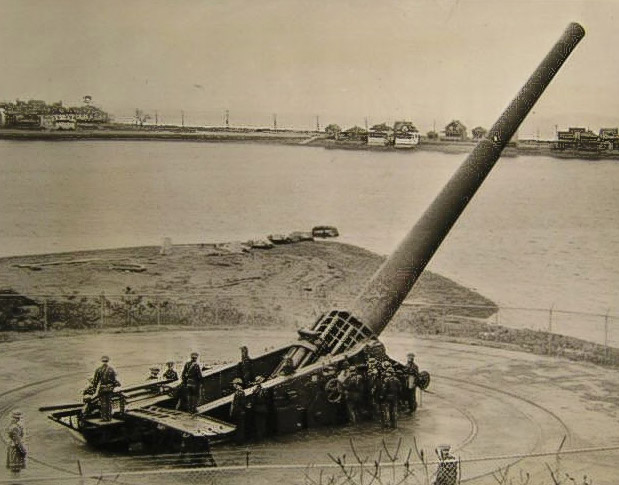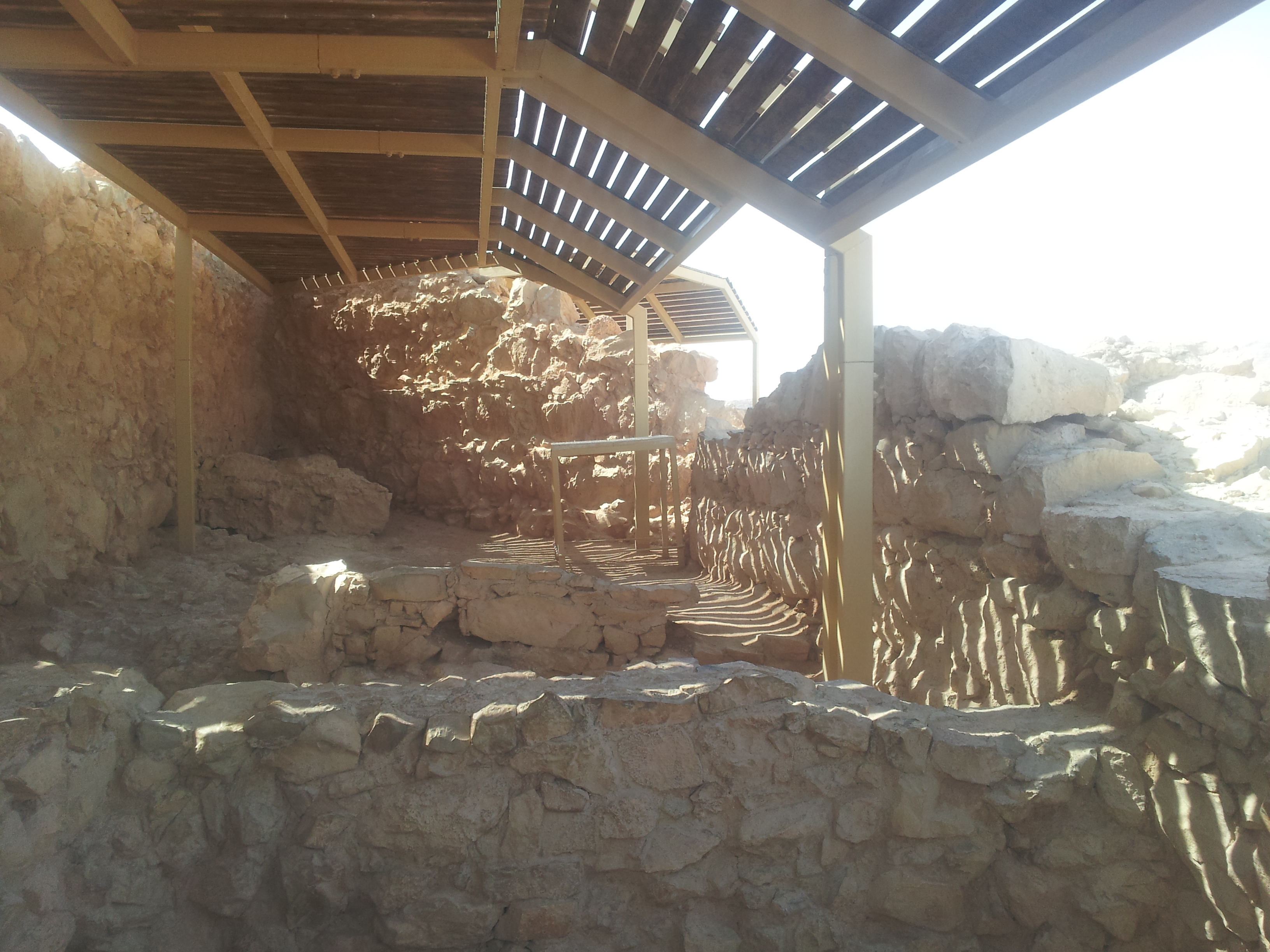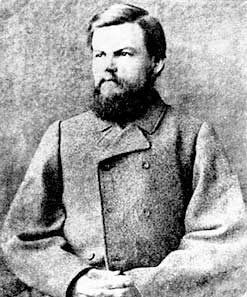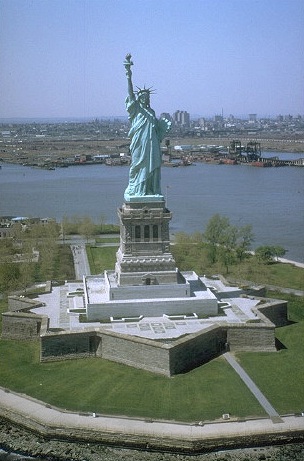|
Fort Hamilton
Fort Hamilton is a United States Army installation in the southwestern corner of the New York City borough of Brooklyn, surrounded by the communities of Bay Ridge and Dyker Heights. It is one of several posts that are part of the region which is headquartered by the Military District of Washington. Its mission is to provide the New York metropolitan area with military installation support for the Army National Guard and the United States Army Reserve. The original fort was completed in 1831, with major additions made in the 1870s and 1900s. However, all defenses except about half of the original fort have been demolished or buried. History On July 4, 1776, a small American battery (the Narrows Fort) on the site of today's Fort Hamilton (the east side of the Narrows) fired into one of the British men-of-war convoying troops to suppress the American Revolution. HMS ''Asia'' suffered damage and casualties, but opposition to the immense fleet could be little more than symbolic. ... [...More Info...] [...Related Items...] OR: [Wikipedia] [Google] [Baidu] |
Harbor Defenses Of Southern New York
The Harbor Defenses of New York was a United States Army Coast Artillery Corps harbor defense command. It coordinated the coast defenses of New York City from 1895 to 1950, beginning with the Endicott program, some of which were located in New Jersey. These included both coast artillery forts and underwater minefields. The command originated as an Artillery District(s) and became the Coast Defenses of Eastern New York and Coast Defenses of Southern New York in 1913. Circa 1915 the Coast Defenses of Sandy Hook separated from the latter command. In 1925 the commands were renamed as Harbor Defense Commands, and in 1935 the Harbor Defenses of Eastern New York was almost entirely disarmed, although possibly retaining the minefield capability. The New York and Sandy Hook commands and the Harbor Defenses of Long Island Sound were unified as the Harbor Defenses of New York on 9 May 1942.Stanton, pp. 455-481Rinaldi, pp. 165-166Berhow, pp. 427-434 History Early forts in New York City Co ... [...More Info...] [...Related Items...] OR: [Wikipedia] [Google] [Baidu] |
The Narrows
The Narrows is the tidal strait separating the boroughs of Staten Island and Brooklyn in New York City. It connects the Upper New York Bay and Lower New York Bay (of larger New York Bay) and forms the principal channel by which the Hudson River flowing south from upstate New York and the New England regions, empties into the Atlantic Ocean. It has long been considered to be the maritime "gateway" to New York City and the Northeastern United States on the East Coast of North America, and historically has been one of the most important entrances into the seaport harbors of the Port of New York and New Jersey. History Pre-history The Narrows was most likely formed after deposition of the Harbor Hill Moraine about 18,000 years prior to the end of the last prehistoric ice age. Previously, Staten Island and Long Island / (Brooklyn) were connected and the Hudson River emptied into the Atlantic Ocean through the Raritan River, taking then a more westerly course through parts of p ... [...More Info...] [...Related Items...] OR: [Wikipedia] [Google] [Baidu] |
Barbette
Barbettes are several types of gun emplacement in terrestrial fortifications or on naval ships. In recent naval usage, a barbette is a protective circular armour support for a heavy gun turret. This evolved from earlier forms of gun protection that eventually led to the pre-dreadnought. The name ''barbette'' ultimately comes from fortification: it originally meant a raised platform or mound, as in the French phrase ''en barbette'', which refers to the practice of firing a cannon over a parapet rather than through an embrasure in a fortification's casemate. The former gives better angles of fire but less protection than the latter. The disappearing gun was a variation on the barbette gun; it consisted of a heavy gun on a carriage that would retract behind a parapet or into a gunpit for reloading. Barbettes were primarily used in coastal defences, but saw some use in a handful of warships, and some inland fortifications. The term is also used for certain aircraft gun mounts. ... [...More Info...] [...Related Items...] OR: [Wikipedia] [Google] [Baidu] |
Casemated
A casemate is a fortified gun emplacement or armoured structure from which guns are fired, in a fortification, warship, or armoured fighting vehicle.Webster's New Collegiate Dictionary When referring to antiquity, the term "casemate wall" means a double city wall with the space between the walls separated into chambers, which could be filled up to better withstand battering rams in case of siege (see .) In its original early modern meaning, the term referred to a vaulted chamber in a fort, which may have been used for storage, accommodation, or artillery which could fire through an opening or embrasure. Although the outward faces of brick or masonry casemates proved vulnerable to advances in artillery performance, the invention of reinforced concrete allowed newer designs to be produced well into the 20th century. With the introduction of ironclad warships, the definition was widened to include a protected space for guns in a ship, either within the hull or in the lower part ... [...More Info...] [...Related Items...] OR: [Wikipedia] [Google] [Baidu] |
Verrazzano-Narrows Bridge
The Verrazzano-Narrows Bridge ( ; also referred to as the Narrows Bridge, the Verrazzano Bridge, and simply the Verrazzano) is a suspension bridge connecting the boroughs of Staten Island and Brooklyn in New York City, United States. It spans the Narrows, a body of water linking the relatively enclosed New York Harbor with Lower New York Bay and the Atlantic Ocean. It is the only fixed crossing of the Narrows. The double-deck bridge carries 13 lanes of Interstate 278: seven on the upper level and six on the lower level. The span is named for Giovanni da Verrazzano, who in 1524 was the first European explorer to enter New York Harbor and the Hudson River. Engineer David B. Steinman proposed a bridge across the Narrows in the late 1920s, but plans were deferred over the next twenty years. A 1920s attempt to build a Staten Island Tunnel was aborted, as was a 1930s plan for vehicular tubes underneath the Narrows. Discussion of a tunnel resurfaced in the mid-1930s and early ... [...More Info...] [...Related Items...] OR: [Wikipedia] [Google] [Baidu] |
Fort Lafayette
Fort Lafayette was an island coastal fortification in The Narrows of New York Harbor (New York Bay), built offshore from nearby Fort Hamilton at the southern tip of what is now the Bay Ridge, Brooklyn, Bay Ridge neighborhood in the New York City borough (New York City), borough of Brooklyn at the western end of Long Island. The fort was built on a natural off-shore island shoal, known as Hendrick's Reef. Construction on the fort began during the War of 1812 (1812-1815), with the Kingdom of Great Britain and Ireland, British and was completed almost a decade later in 1822, as part of the continuing Seacoast defense in the United States, seacoast defense systems of the United States, built-up over the next two and half centuries with waterfront / island fortifications and artillery batteries outside seaport cities, mouths of rivers / bays and various strategic points, along the East Coast of the United States, East Coast and southern Gulf of Mexico (later expanded to the West Coast ... [...More Info...] [...Related Items...] OR: [Wikipedia] [Google] [Baidu] |
Casemate Fort, Whiting Quadrangle
Casemate Fort, Whiting Quadrangle, also known as "Old Casemate," Officers Club Bldg. #207, Sentry Booth #220, and Fort Hamilton Community Club, is a historic building located in Fort Hamilton, Brooklyn, New York, New York. The old fort was designed in 1819 and built between 1825 and 1836. It is a brick and stone C-shaped structure with all walls approximately three feet thick. The building and adjoining stone walls form a type of fortification known as a " walled enceinte". It was listed on the National Register of Historic Places The National Register of Historic Places (NRHP) is the Federal government of the United States, United States federal government's official United States National Register of Historic Places listings, list of sites, buildings, structures, Hist ... in 1974. References Military facilities on the National Register of Historic Places in New York City Military facilities in Brooklyn Military installations established in the 1830s National Regi ... [...More Info...] [...Related Items...] OR: [Wikipedia] [Google] [Baidu] |
4th Air Defense Artillery Regiment
The 4th Air Defense Artillery Regiment was constituted 1 June 1821 in the Regular Army as the 4th Regiment of Artillery and organized from new and existing units with headquarters at Pensacola, Florida. As a result of the division of the Artillery Corps into Coast and Field Artillery units, the Regiment was broken up 13 February 1901, and its elements reorganized and redesignated as separate numbered companies and batteries of the Artillery Corps. Early lineage Constituted 1 June 1821 in the Regular Army as the 4th Regiment of Artillery and organized from new and existing units with headquarters at Pensacola, Florida. The lineages of some of the units that initially made up the 4th U.S. Artillery include campaign credit for the War of 1812. Company F carried the lineage of Alexander Hamilton's New York Provincial Company of Artillery from this time until the regiment was broken up on 13 February 1901, with the lineage eventually transferred to the 1st Battalion, 5th Field Artil ... [...More Info...] [...Related Items...] OR: [Wikipedia] [Google] [Baidu] |
Seacoast Defense In The United States
Seacoast defense was a major concern for the United States from its independence through World War II. Before airplanes, many of America's enemies could only reach it from the sea, making coastal forts an economical alternative to standing armies or a large navy. Substantial fortifications were built at key locations, especially protecting major harbors. Seacoast defense also included submarine minefields, nets and booms, ships, and, later, airplanes. The U.S. Army Corps of Engineers played the central role in constructing fixed defenses, but all of the armed forces participated. Designs evolved and became obsolete with changes in the technology available to both the attacking forces and the defenders. The evolution of the U.S. seacoast defense system is generally identified among several "systems", which are somewhat defined by the styles used, but more so by the events or trends which periodically stimulated new funding and construction. The division of the early forts into ... [...More Info...] [...Related Items...] OR: [Wikipedia] [Google] [Baidu] |
Coastal Defence And Fortification
300px, Cartagena_de_Indias.html" ;"title="Castillo San Felipe de Barajas in Cartagena de Indias">Castillo San Felipe de Barajas in Cartagena de Indias, Colombia Coastal defence (or defense) and coastal fortification are measures taken to provide protection against military attack at or near a coastline (or other shoreline), for example, fortifications and coastal artillery. Because an invading enemy normally requires a port or harbour to sustain operations, such defences are usually concentrated around such facilities, or places where such facilities could be constructed. Coastal artillery fortifications generally followed the development of land fortifications, usually incorporating land defences; sometimes separate land defence forts were built to protect coastal forts. Through the middle 19th century, coastal forts could be bastion forts, star forts, polygonal forts, or sea forts, the first three types often with detached gun batteries called "water batteries". Coastal d ... [...More Info...] [...Related Items...] OR: [Wikipedia] [Google] [Baidu] |
War Of 1812
The War of 1812 was fought by the United States and its allies against the United Kingdom of Great Britain and Ireland, United Kingdom and its allies in North America. It began when the United States United States declaration of war on the United Kingdom, declared war on Britain on 18 June 1812. Although peace terms were agreed upon in the December 1814 Treaty of Ghent, the war did not officially end until the peace treaty was ratified by the 13th United States Congress, United States Congress on 17 February 1815. AngloAmerican tensions stemmed from long-standing differences over territorial expansion in North America and British support for Tecumseh's confederacy, which resisted U.S. colonial settlement in the Old Northwest. In 1807, these tensions escalated after the Royal Navy began enforcing Orders in Council (1807), tighter restrictions on American trade with First French Empire, France and Impressment, impressed sailors who were originally British subjects, even those who ... [...More Info...] [...Related Items...] OR: [Wikipedia] [Google] [Baidu] |
1996
1996 was designated as: * International Year for the Eradication of Poverty Events January * January 8 – A Zairean cargo plane crashes into a crowded market in the center of the capital city of the Democratic Republic of the Congo, Kinshasa, killing around 300 people. * January 9– 20 – Serious fighting breaks out between Russian soldiers and rebel fighters in Chechnya. * January 11 – Ryutaro Hashimoto, leader of the Liberal Democratic Party, becomes Prime Minister of Japan. * January 13 – Italy's Prime Minister, Lamberto Dini, resigns after the failure of all-party talks to confirm him. New talks are initiated by President Oscar Luigi Scalfaro to form a new government. * January 14 – Jorge Sampaio is elected President of Portugal. * January 16 – President of Sierra Leone Valentine Strasser is deposed by the chief of defence, Julius Maada Bio. Bio promises to restore power following elections scheduled for February. * January 19 * ... [...More Info...] [...Related Items...] OR: [Wikipedia] [Google] [Baidu] |










